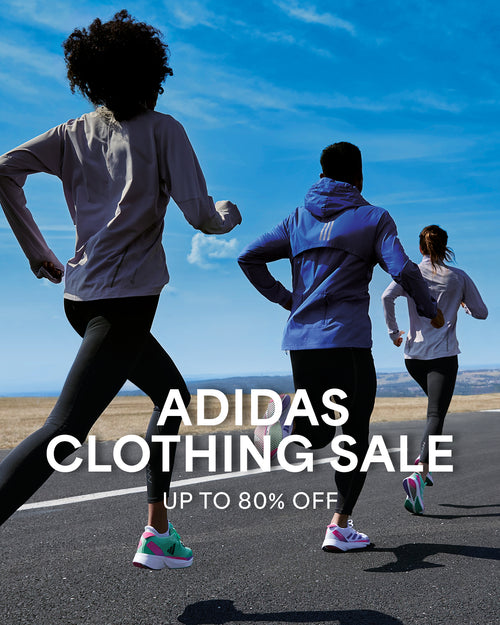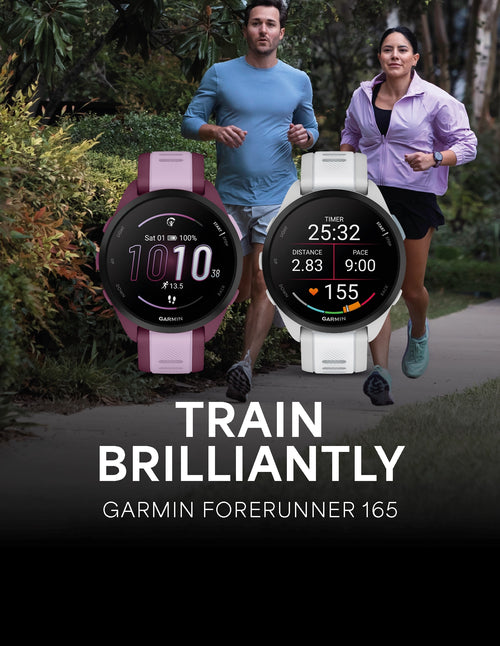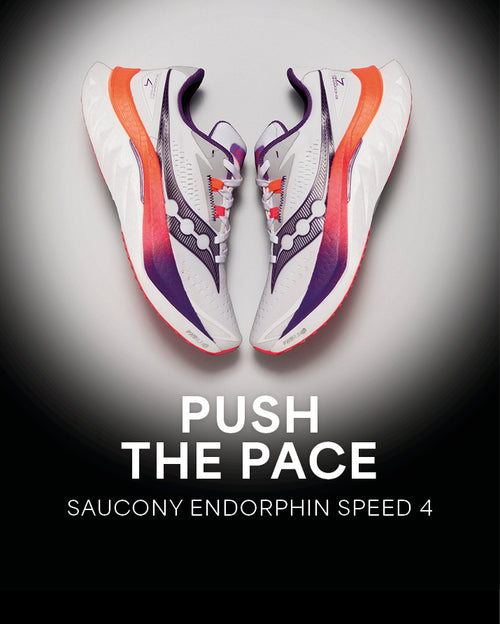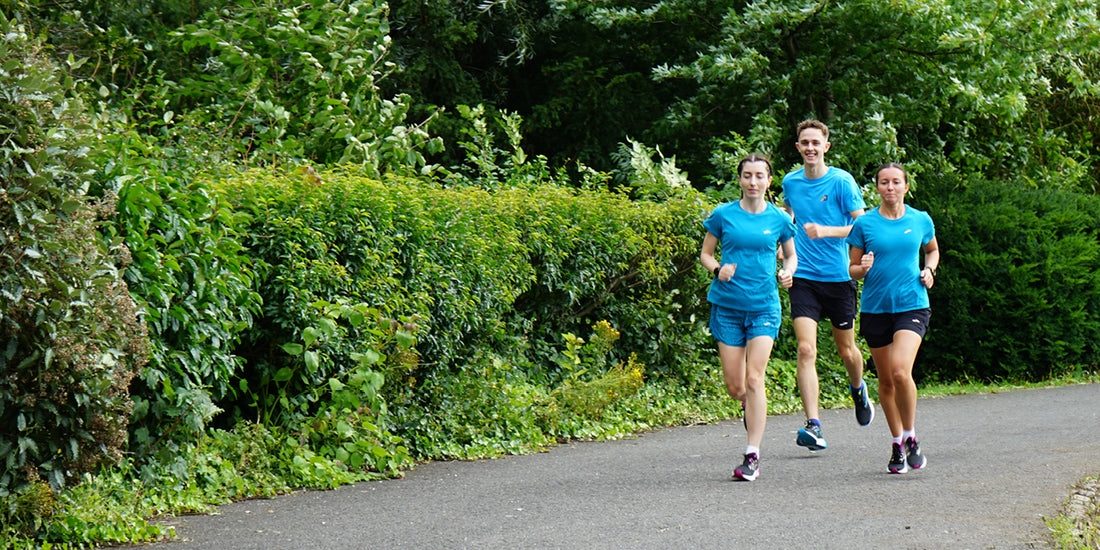Running is one of the best ways for beginners to improve their cardiovascular fitness and increase activity levels. With minimal equipment needed and no gym membership required, it’s an accessible sport that can challenge and motivate you to train. As well as improving your physical wellbeing, running can also be an excellent way to clear the mind and lift your mood, and while you’ll likely invest in more running gear as you progress, all you need is a good pair of running trainers to get you started.
If you want to kickstart your running journey but aren’t sure where to begin, our useful guide will take you through designing a training plan to help you progress, as well as provide some helpful hints, tips, and equipment recommendations. Keep reading to find out more.
How to create a beginner running plan
Running is challenging when you’re a beginner, and you’ll need to build up your stamina before you’re in a position to run long distances multiple times a week. Many people are put off by running if they follow a training plan that is too intensive or difficult for their ability levels. On the flip side of this, if you do get to grasp running quite quickly, runners can often make the mistake of running every day and not incorporating any rest or recovery, which can be detrimental to your progress as you run the risk of injury.
In such cases, we’d always recommend following a suitable beginner plan to build up your endurance and confidence. You can use apps which will gradually increase the time you run over a few weeks. But to find a routine that works for your ability level, helping you to keep the correct pace and avoid muscle fatigue, we would recommend using our simple-to-follow plan, adjusting the times accordingly to match your ability level.
-
For complete beginners: Jog for 60 seconds. Then walk for two minutes. Alternatively, swap these ratios around for more of a challenge. Repeat for 25 minutes.
-
For advanced beginners: Jog for 3-5 minutes, and walk for two minutes. Repeat for 20 minutes in total.
- For a challenge: Jog for ten minutes, then walk for one or two minutes for a total run time of 24 minutes.
With the above ratios, remember to have a rest day in between each run and try to run at least three times a week to build endurance. Once you’ve completed a week, you’ll need to adjust the times to increase your total run time. You can do this by either moving on to the next challenge or changing the ratios slightly in your current plan. For example, the complete beginner’s set on week two could mean following the pattern for up to 30 minutes, and so on.
Useful running tips when training
Running can be an excellent way to improve your Vo2 and cardiovascular endurance, as well as a way to improve overall fitness and get in better shape. However, there are some tips and guidelines that are worth following to ensure that you’re making the most out of your exercise and are staying motivated to keep training. Experienced runners will be familiar with these useful tips already, but they can be game-changing for beginners.
Prioritise time over distance
It doesn’t matter how far you run or how long it takes you - what matters is gradually increasing your endurance, as it’s this endurance that will help you work towards long-term distance and speed goals. Don’t push yourself to run a certain distance, even if you are taking plenty of walking breaks as this can result in muscle fatigue and stress, just simply keep track of how long you ran for, and try to improve this little by little as you go.
Run with a partner and use the Talk Test
Having a running buddy can help you to stick to your goals and run more frequently. It doesn’t matter if they’re experienced or learning alongside you, as long as you keep each other motivated. You can also practice the talk test with a buddy, whereby if you can hold a fluid conversation when running you’re likely in a low-intensity activity zone, which is a crucial zone for building endurance. If you can say a few sentences fairly easily, you’ll experience more of a challenge and if your talking is choppy at best, you’ll be pushing yourself into a high-intensity zone. You can also use a fitness tracker watch to give you an indication of the pace you’re running to make sure that you’re not running too fast or slow.
Track your progress
Having a fitness watch can keep you motivated, and help you see your progression more clearly. Some watches will also let you know when you need to recharge and rest to help you plan more successful runs. We recommend the Garmin Forerunner 165 Music edition, as you’ll be able to get insights into your health stats, sleep and recovery stats, and track the length and time of your run with ease. Additionally, the music edition will let you store your favourite running tracks and connect with wireless headphones for phone-free running. The watch also features safety alerts when paired with your phone, should it detect an emergency it can send your location to your chosen contacts.
Additionally, you can join one of our Start Fitness’ Strava Groups and be part of a motivated community. Your fitness watch will be able to connect to the app so that you can document your runs, and share your progress and achievements.
 |
Enter a comfortable pace
Remember that you’re not in a sprinting race, when you’re training make sure that you keep to a comfortable pace throughout your run. Many beginners make the mistake of starting too fast and using up their energy reserves at the very beginning of the run. Start slowly, and if you want to go faster, finish with a sprint on your way home.
Walking breaks are okay
Taking a break to walk and catch your breath is fine, whilst sticking to a running plan will help you build endurance, if your body is telling you that you need to take a break make sure you listen. Take as many breaks as you need, especially when you’re just starting out.
Don’t forget to warm up and cool down
It is normal to experience some soreness, but you can reduce muscle pain by warming up before each run and cooling down afterwards. To do this, we recommend undertaking a brisk walk to get your heart rate up before you jog and stretching after your run to cool down. Without a good warm up and cool down regime in place, no matter how often you run, this can result in injuries which can only hinder your progress down the line.
Stay hydrated
You can bring water with you on your run if needs be, but many runners find it uncomfortable to run with a bottle. Drinking too much whilst you run can also sometimes make you feel nauseous. To combat this, make sure you drink plenty of water after you return from your run, or if you don’t want to bring a water bottle but want to know you have easy access to water if you become dehydrated, try a running vest or hydration carrier.
What should a beginner wear for running?
The most important piece of equipment that runners can invest in is a reliable pair of trainers. The right running shoes will help to give you support and enhance your overall performance, reducing the risk of injuries such as shin splints or friction-induced blisters. We’d also recommend that you choose to wear breathable clothing such as running shorts or leggings whilst running. However, joggers will be acceptable for your initial training as long as you have suitable footwear. To help you make an informed decision, we’ve listed some of the best running shoes for beginners below.
Best running shoes for beginners
Before we go into our recommended running trainers, we’d suggest beginners read our Running Shoes Buying Guide for further details on how best to choose trainers that support you and your individual needs.
As a general rule of thumb, if you’re looking to take running more seriously, we’d recommend a gait analysis to determine whether you run with a neutral stance or over or under-pronate, as different styles of running trainers offer different levels of support and cushioning based on these common types of gait. Based on this, below, we’ve recommended a variety of popular running shoes to help guide your decision:
The Brooks Adrenaline GTS 22 running shoes have been a firm favourite among runners for over two decades. These running trainers are designed exclusively to offer more support than a regular running shoe which makes them ideal for beginners who need an added layer of comfort as they get to grips with their running style. Built with Brooks GuideRails technology, this innovative support system works to keep you comfortably in stride, while also providing further support to your feet, knees, and hips.
 |
 |
|
|
Brooks Adrenaline GTS 22 Women’s Running Shoes - Purple
|
Brooks Adrenaline GTS 22 Men’s Running Shoes - Blue |
For those who run with a neutral gait, the Brooks Ghost 14 running shoes offer a lightweight feel with a 100% cushioned midsole for a softer and smoother stride. This soft-step feel helps to relieve stress on the muscles and joints for a more comfortable run. Made of breathable materials on the upper body the Brook Ghost running trainers are the perfect option for beginners looking for a flexible yet supportive fit.
 |
 |
|
| Brooks Ghost 14 Women’s Running Shoes - Blue | Brooks Ghost 14 Men’s Running Shoes - Grey |
A crucial yet often overlooked part of running, you could find yourself experiencing blisters, aches and pains in your feet if you don’t invest in the right type of socks. Specially designed running socks can help you to combat this, and a good example of highly functional running socks would be the More Mile socks which offer 6 padded protection points to absorb pressure, protect against impact abrasion and provide further support to joints. If you go on to purchase running shoes here at Start Fitness, we offer a free pair of socks with every pair purchased to help you get started.
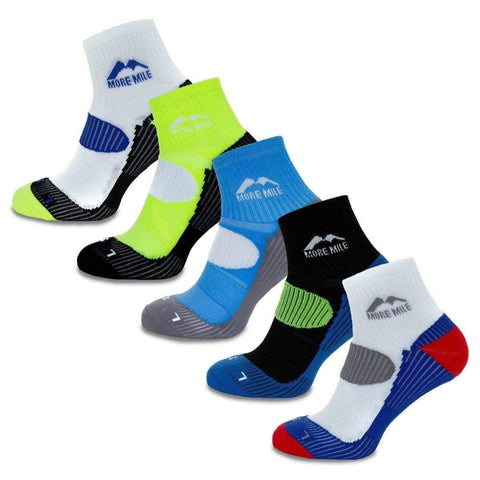 |
In addition to wearing a suitable pair of running shoes and socks, we’d suggest wearing a sports belt or vest to safely store your belongings and hold any additional accessories you may wish to take with you. Running with your keys or a phone can be quite limiting, not only is this irritating, it can affect your form and could lead to injury if you take a tumble with these in hand. Investing in a running belt, or vest, can stop these items from moving around too much whilst keeping them secure, as well as offering more space for items such as running gels, water bottles and more.
As a beginner, we’d recommend a running belt, as you’ll likely be running short distances while you find your feet, and a belt such as the Ultimate Performance Fit Belt acts as a convenient place to hold essentials without distracting you from your running journey.
 |
Begin your running training with Start Fitness
If you’re feeling inspired to take up running, we stock a wide selection of specialist running gear for beginners that can help you progress through your journey. Whether you need comfortable running clothes, a new pair of running shoes or some useful running accessories to see you through all weather eventualities, find everything you need to start your running journey today at Start Fitness.

